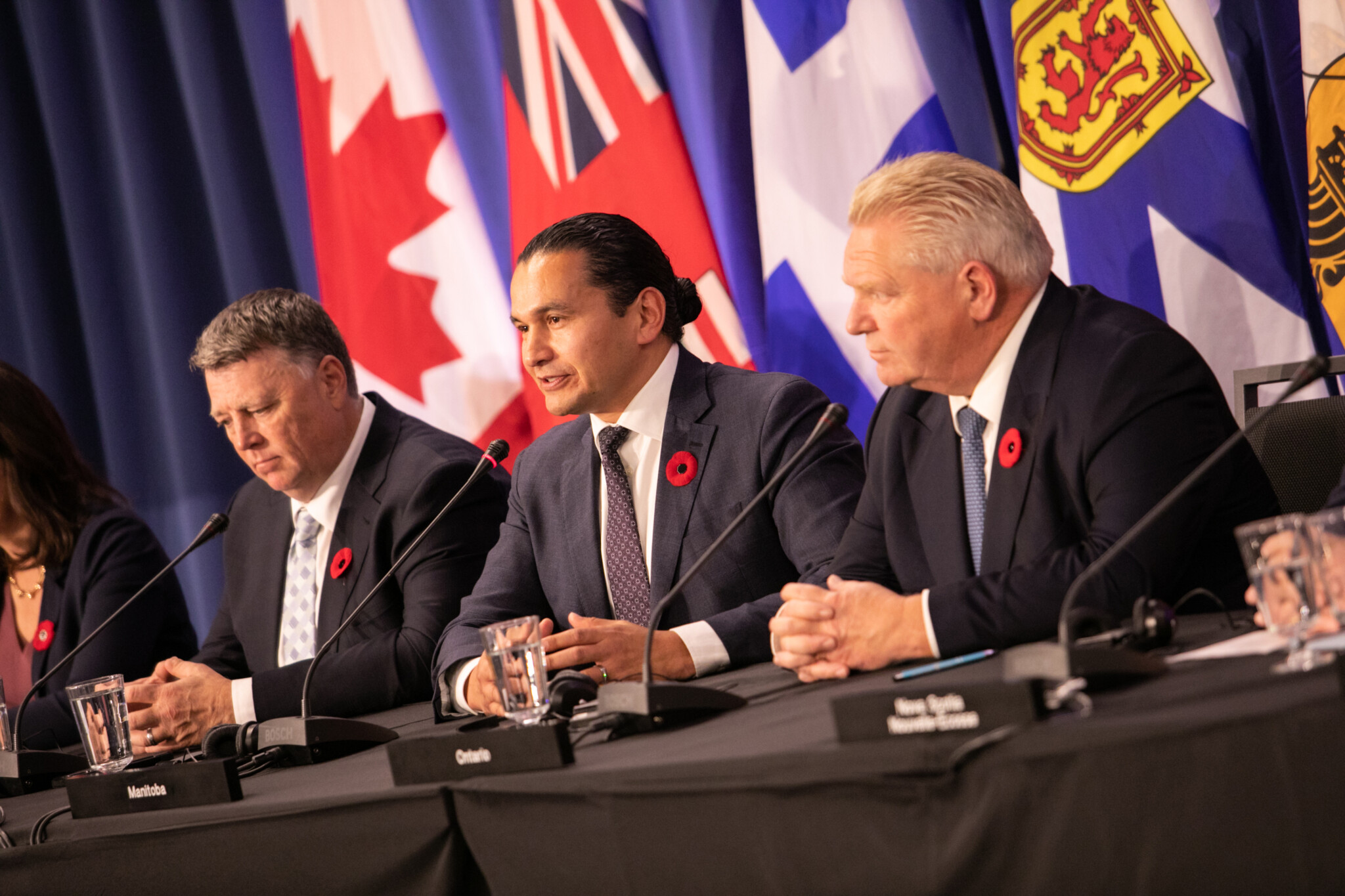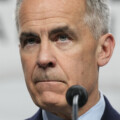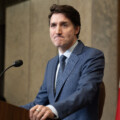British Columbia faces a pivotal moment in its upcoming election. Despite being among the wealthiest provinces, it is grappling with a rapidly rising deficit this year and even larger long-term challenges. Amidst concerns over health care, affordability, and economic growth, the next government (whoever that ends up being) will inherit a more precarious financial landscape than many realize.
But B.C.’s challenges—and the lack of public awareness—are not unique.
Across the country, many overlook the mounting fiscal pressures facing their provinces, focusing more on federal finances instead.
Even recent analysis suggests concern may not be warranted. The Parliamentary Budget Office (PBO), for example, often assesses government sustainability, and its latest report released last month offers reassurance: Canada is in decent shape. Public pensions are secure, and the federal government has fiscal room, with Ottawa able to spend more or cut taxes while stabilizing debt over the very long run.
Their analysis concludes that, overall, provinces are sustainable. While some face more significant challenges than others (they rightly find B.C. has the biggest challenge), the PBO still suggests a stable fiscal picture.
But this is an overly optimistic view, and Canadians shouldn’t rest so easy.
My analysis suggests a far more dire picture for the fiscal future of our provincial governments, especially British Columbia but also for nearly all provinces.
Without changes in how we manage public services—particularly health care—and how we structure our taxes, provinces may find themselves on an unsustainable fiscal path.









